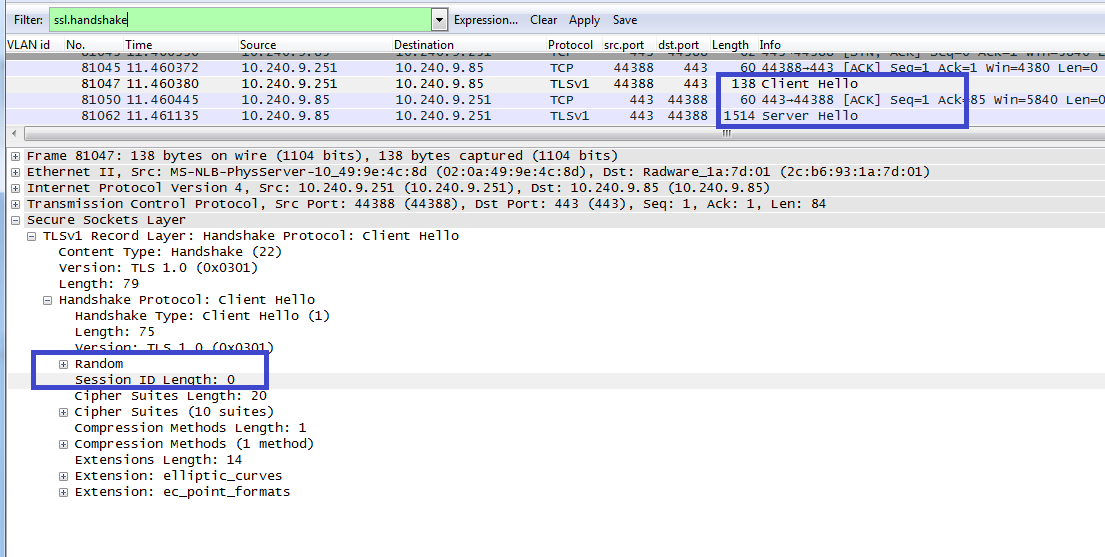

Server Random: 32-byte pseudorandom number used to generate the Master Secret.Server Version: The highest TLS protocol version supported by the server which is also supported by the client.The Server Hello contains the following information: The steps involved in the TLS handshake are shown below: The entire sequence which involves setting up the session identifier, TLS protocol version, negotiating the cipher suite, certificate authentication of the peers and cryptographic key exchange between peers is called a TLS Handshake. TLS protocol describes the steps to authenticate the peers and set up a secure connection with defined parameters.


The higher layer consists of the following sub-protocols:.Transmitting the data from the upper application layer to the lower transport layer and vice versa.Applying the Message Authentication Code (MAC), a hash to maintain the data integrity.Compressing/decompressing the outgoing/incoming data.

Fragmenting the message to be transmitted into manageable blocks.TCP Record Protocol Layer – This is the lower layer which lies on top of the TCP layer and is responsible for:.It is designed to work on top of a reliable transport protocol such as TCP (but has been adapted to UDP, as well) and is divided into two sub-layers: TLS lies in between the application and the transport layer.


 0 kommentar(er)
0 kommentar(er)
